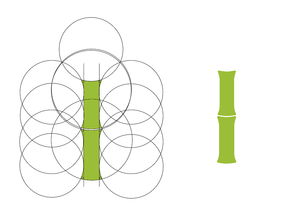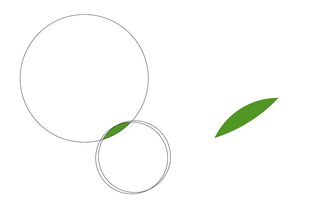Cutting Board Sanding: A Comprehensive Guide
Whether you’re a seasoned chef or a culinary enthusiast, a well-maintained cutting board is essential for both food safety and the longevity of your kitchen tools. Sanding your cutting board is a crucial step in maintaining its quality and performance. In this detailed guide, we’ll explore the ins and outs of cutting board sanding, from the types of sandpaper to use, to the best techniques for achieving a smooth, durable finish.
Understanding the Importance of Sanding

Over time, cutting boards can develop grooves, nicks, and rough spots due to the constant use of knives. These imperfections can harbor bacteria and food particles, posing a risk to your health. Sanding your cutting board removes these imperfections, restoring its smoothness and preventing bacteria from taking hold.
Choosing the Right Sandpaper

Not all sandpapers are created equal when it comes to cutting board sanding. Here’s a breakdown of the types you should consider:
| Type of Sandpaper | Coarseness | Use |
|---|---|---|
| Coarse Sandpaper | 60-80 grit | Removes deep grooves and nicks |
| Medium Sandpaper | 100-120 grit | Smooths out the surface and prepares for finer sandpaper |
| Fine Sandpaper | 150-180 grit | Finishes the surface and prepares for oiling |
| Very Fine Sandpaper | 220-240 grit | Final smoothing before oiling |
Start with a coarse sandpaper to remove the bulk of the imperfections, then gradually move to finer grits for a smooth finish. Be sure to use sandpaper that is specifically designed for wood, as it will be more effective and less likely to damage your cutting board.
The Sanding Process

Follow these steps to sand your cutting board effectively:
-
Start with a coarse sandpaper (60-80 grit) and sand the entire surface of the board in the direction of the wood grain. This will remove deep grooves and nicks.
-
Switch to a medium sandpaper (100-120 grit) and sand the board again, still in the direction of the wood grain. This will smooth out the surface and prepare it for finer sandpaper.
-
Repeat the process with a fine sandpaper (150-180 grit) and a very fine sandpaper (220-240 grit). Each time, sand the board until it feels smooth to the touch.
-
After sanding, wipe the board clean with a damp cloth to remove any sanding dust.
Preventing Future Damage
Once your cutting board is sanded and oiled, it’s important to take steps to prevent future damage:
-
Use the board for cutting only. Avoid using it as a chopping block or for other tasks that could damage the wood.
-
Wash the board with warm, soapy water after each use and dry it thoroughly with a clean towel.
-
Apply a food-safe mineral oil or cutting board oil to the board every few weeks to keep it moisturized and prevent cracking.
-
Store the board in a dry, well-ventilated area when not in use.
By following these steps, you can ensure that your cutting board remains in excellent condition for years to come. Sanding your cutting board is a simple yet effective way to maintain its quality and performance, making it a valuable tool in your kitchen.
